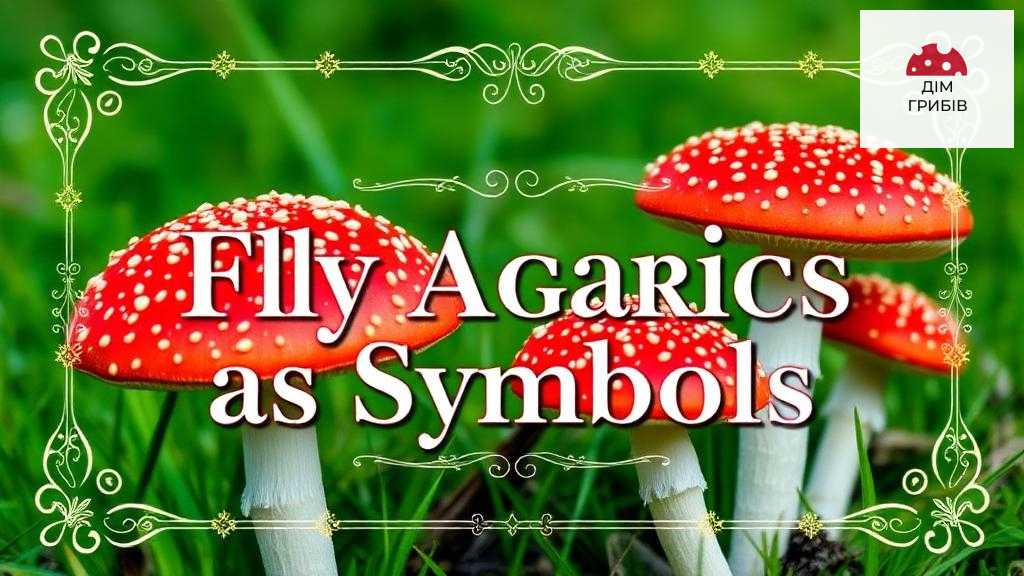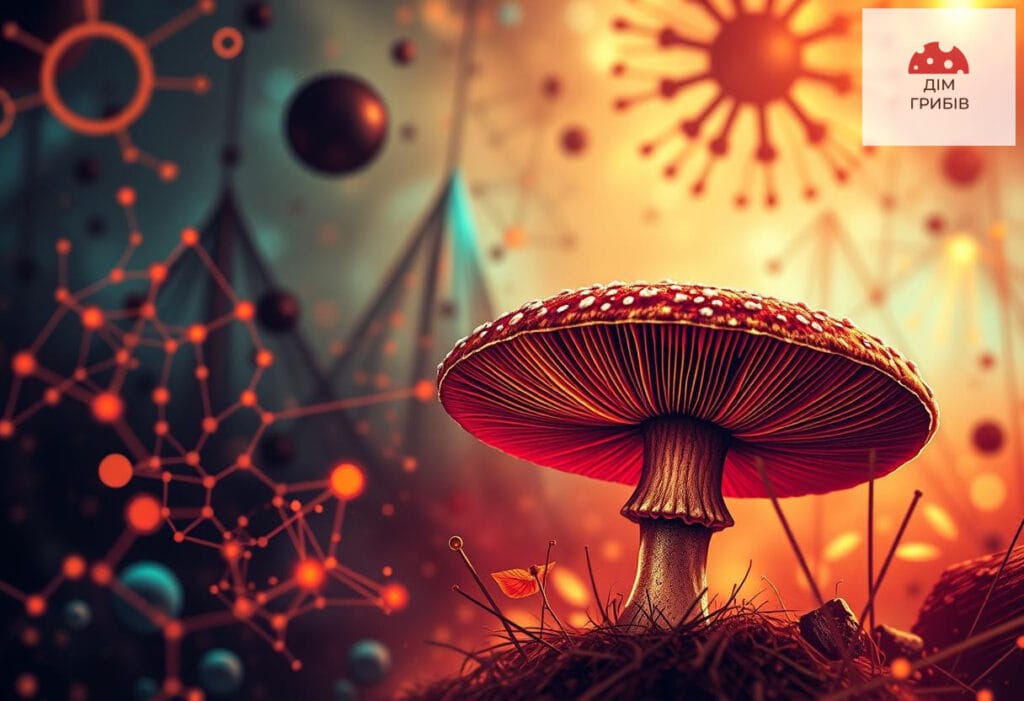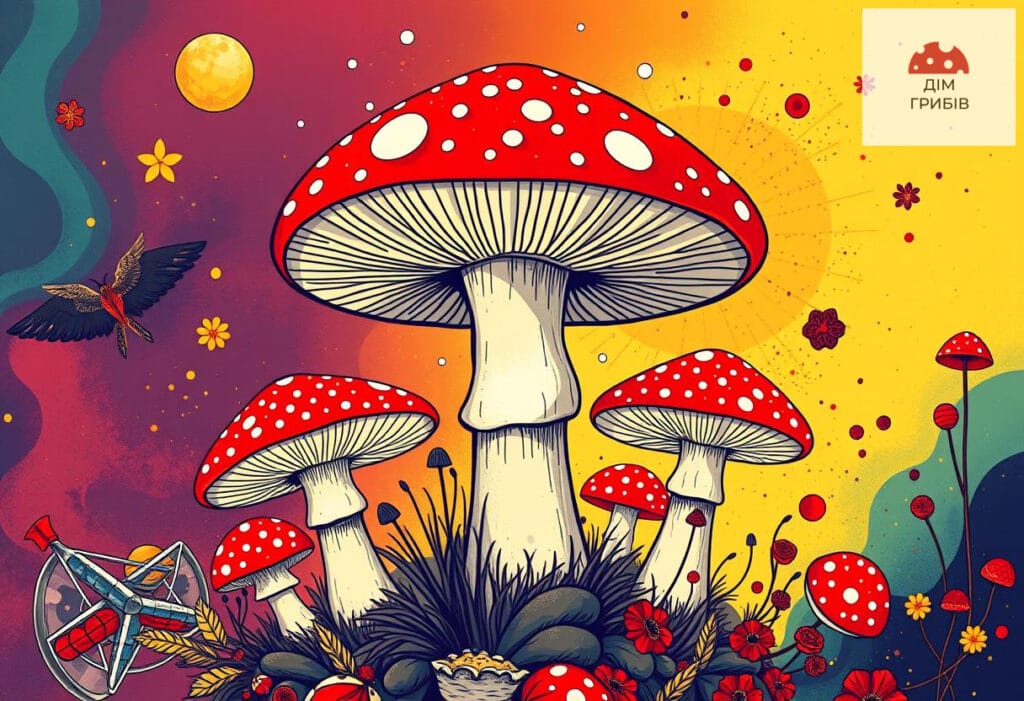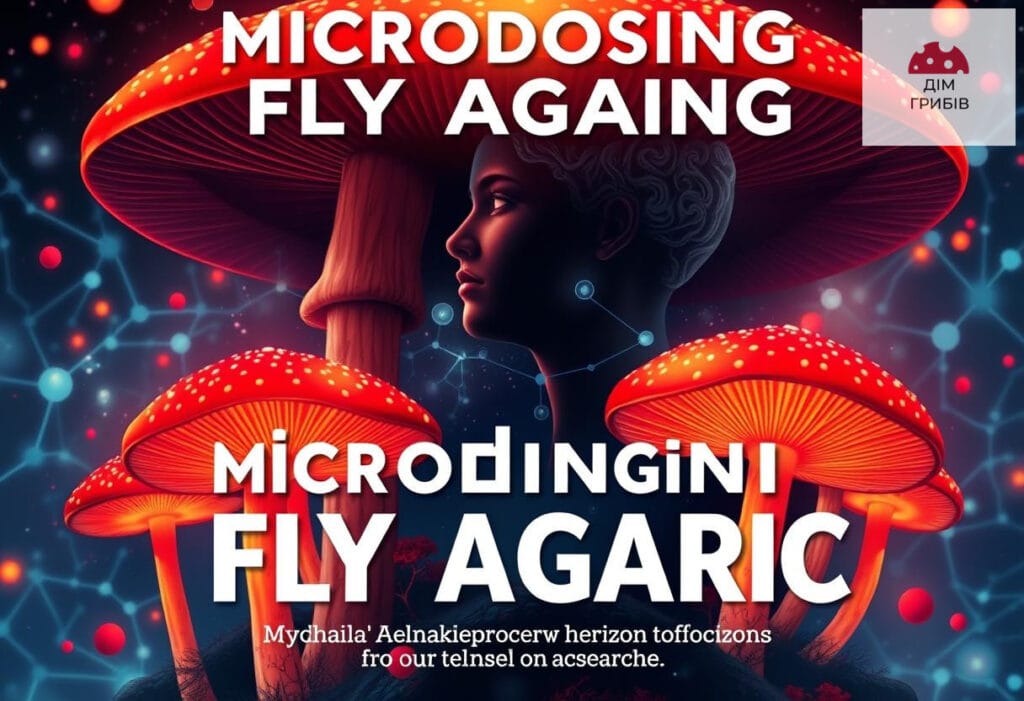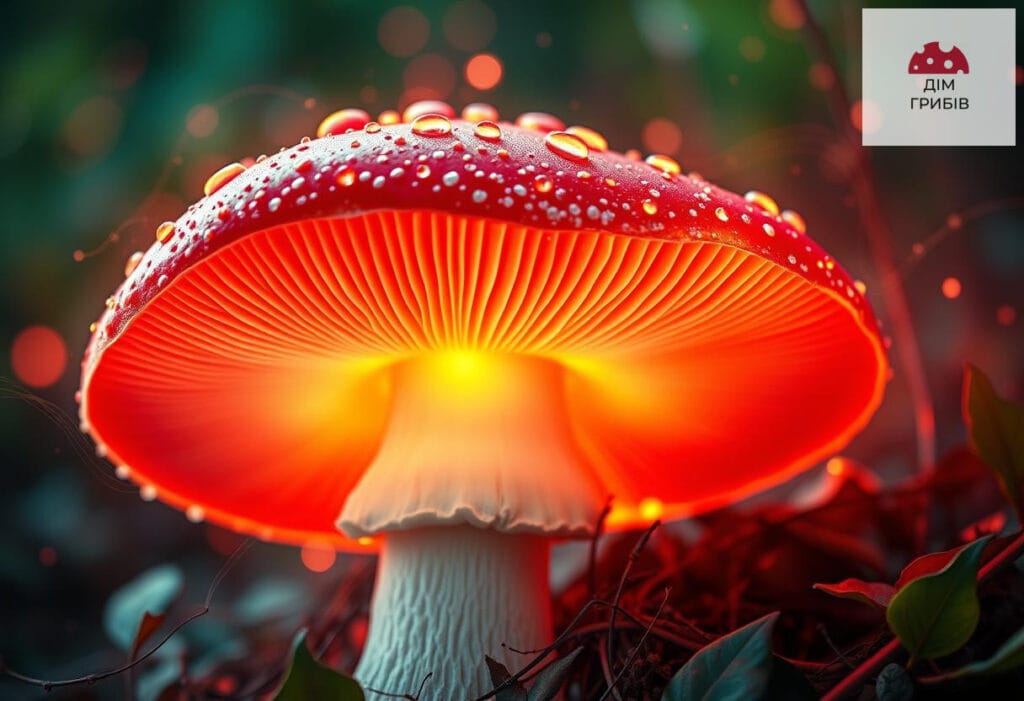Amanitas and the Brain: Discover the Secrets of Mushrooms That Activate Your Mental Abilities!
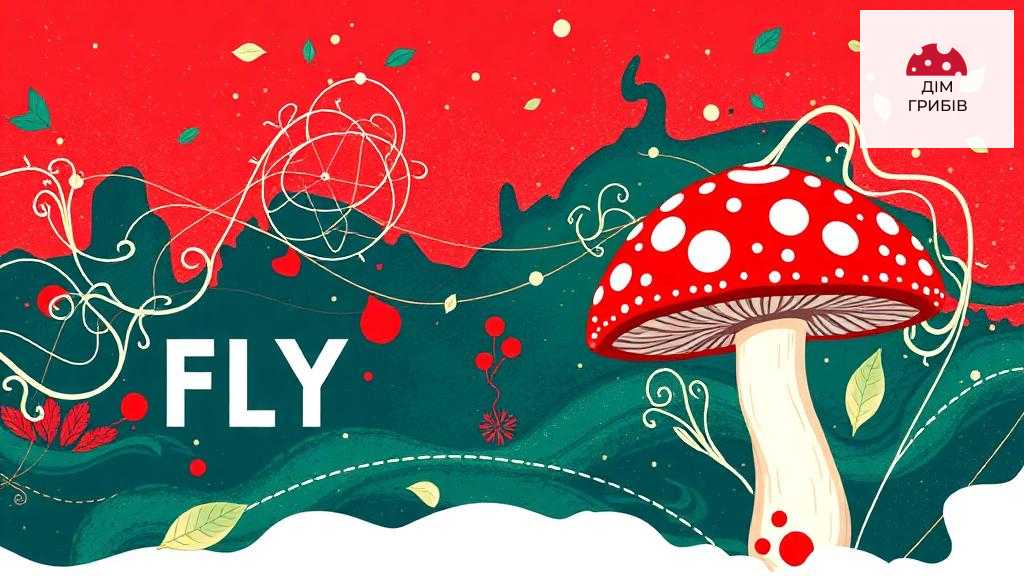
Toadstools wake up your brain
Amanita muscaria and the brain is a topic of considerable interest in the modern world. From its history of use in shamanic practices to its potential for microdosing, amanita muscaria has attracted the attention of scientists and natural remedy enthusiasts. This article will explore the various aspects of amanita muscaria, its effects on the brain, and its uses in culture and medicine.
Fly Agarics: General Overview
What are toadstools?
Amanita muscaria, also known by its scientific name Amanita muscaria, are mushrooms that have a bright red cap with white spots. These mushrooms are often associated with various myths and legends, and also have unique psychoactive properties. Historically, in northeastern and western Siberia, shamans used fly agarics to achieve altered states of consciousness, which allowed them to "enter" the otherworldly worlds.
Amanita muscaria contains various active components, such as muscimol and ibotenic acid, which give it psychoactive properties. These discoveries have prompted further research into the potential benefits of amanita muscaria for medical and therapeutic applications.
Mechanisms of action of fly agarics
The main chemical compounds found in fly agarics determine their effects on the central nervous system. Muscimol interacts with GABA receptors, which can lead to sedation and altered perception. Ibotenic acid, on the other hand, may have neuroplastic effects, although this remains an open question for further research.
| Components | Influence |
|---|---|
| Muscimol | GABA agonist, sedative effect |
| Ibotenic acid | Neuroplastic effects, possibly improving memory |
These mechanisms of action can both positively and negatively affect brain function. Scientific evidence suggests that the effects of fly agarics are complex, but their potential to improve cognitive function requires more research.
Toadstools and the Brain: Scientific Studies
The effect of fly agarics on cognitive function
Studies on the effects of fly agarics on the brain suggest that they may improve memory, concentration, and attention when used in moderation. Animal studies have shown that small doses may enhance cognitive function, although data on human users are limited. Of particular interest are studies that suggest improvements in attention and creativity in creative areas.
Amanita muscaria in traditional medicine
Traditionally, fly agarics have been used in medicinal infusions and decoctions in many cultures. In folk medicine, they have been used to treat various disorders, but scientific discoveries have not yet confirmed this information on the same scale. Modern research is beginning to explore the potential of fly agarics for therapeutic purposes, but this data needs serious verification before widespread use.
Positive and negative aspects of eating fly agarics
Useful properties and application possibilities
Amanita muscaria may have a number of beneficial properties that have intrigued researchers and true mushroom lovers. However, it is important to remember that their consumption should be cautious and controlled. Among the noted possibilities:
- Potential improvement in cognitive function.
- Adaptogenic properties that can reduce stress.
- Stimulating energy and improving emotional state.
- Potential role in the treatment of depression and anxiety, research ongoing.
Risks and side effects
The use of fly agarics is associated with certain risks that cannot be ignored. Toxic substances such as muscarine and mycoatropine can affect the liver, kidneys and central nervous system, which can lead to serious consequences, including death. In particular, it is important to note that excessive use or use in uncontrolled conditions can lead to serious poisoning.
Medical experts strongly recommend avoiding self-medication with fly agarics and emphasize the need for medical supervision, especially for children and adolescents, who may be more vulnerable to their toxic effects.
Fly agarics in culture and art
The symbolism of fly agarics in folklore
In many cultures, fly agarics have symbolic significance. They often appear in myths and legends, where they occupy a central place in many fairy tales and stories. For example, in Slavic folklore, fly agarics are associated with magical properties and the secrets of nature. These mushrooms have become symbols of transformation and healing.
For example, in some cultures they served as inspiration for artists who depicted them in paintings, signifying beauty and danger at the same time.
Fly agarics in painting and literature
Amanitas also have a place in fine art. They are often depicted in paintings by famous artists, emphasizing the beauty and mystery of nature. They can be found in the works of artists such as Van Gogh and Munia, who emphasize natural colors and textures.
They are also mentioned many times in Ukrainian literature, where they symbolize nature, secrets, and dangers. Modern Ukrainian authors often describe them in the context of human interaction with nature, elements of fantasy, and magic, showing how they can influence the development of plots and characters.
Conclusion
As we study amanita muscaria and its effects on the brain, we face both great potential and serious risks. Despite its historical use and growing interest in microdosing, it is important to approach its consumption with caution. The prospects for further research into amanita muscaria may open new horizons in understanding its properties, but they require greater attention from the scientific community. For more information, please contact the store House of Mushrooms. Here you will find a large selection of mushrooms and products made with them, including Montenegrin fly agarics: natural treatment of diseases, secrets of using medicines and where to buy. Also, don't forget to pay attention to Fly agarics of Herzegovina: where they grow, what they treat, and how to buy medicinal dried fly agarics in our store.
